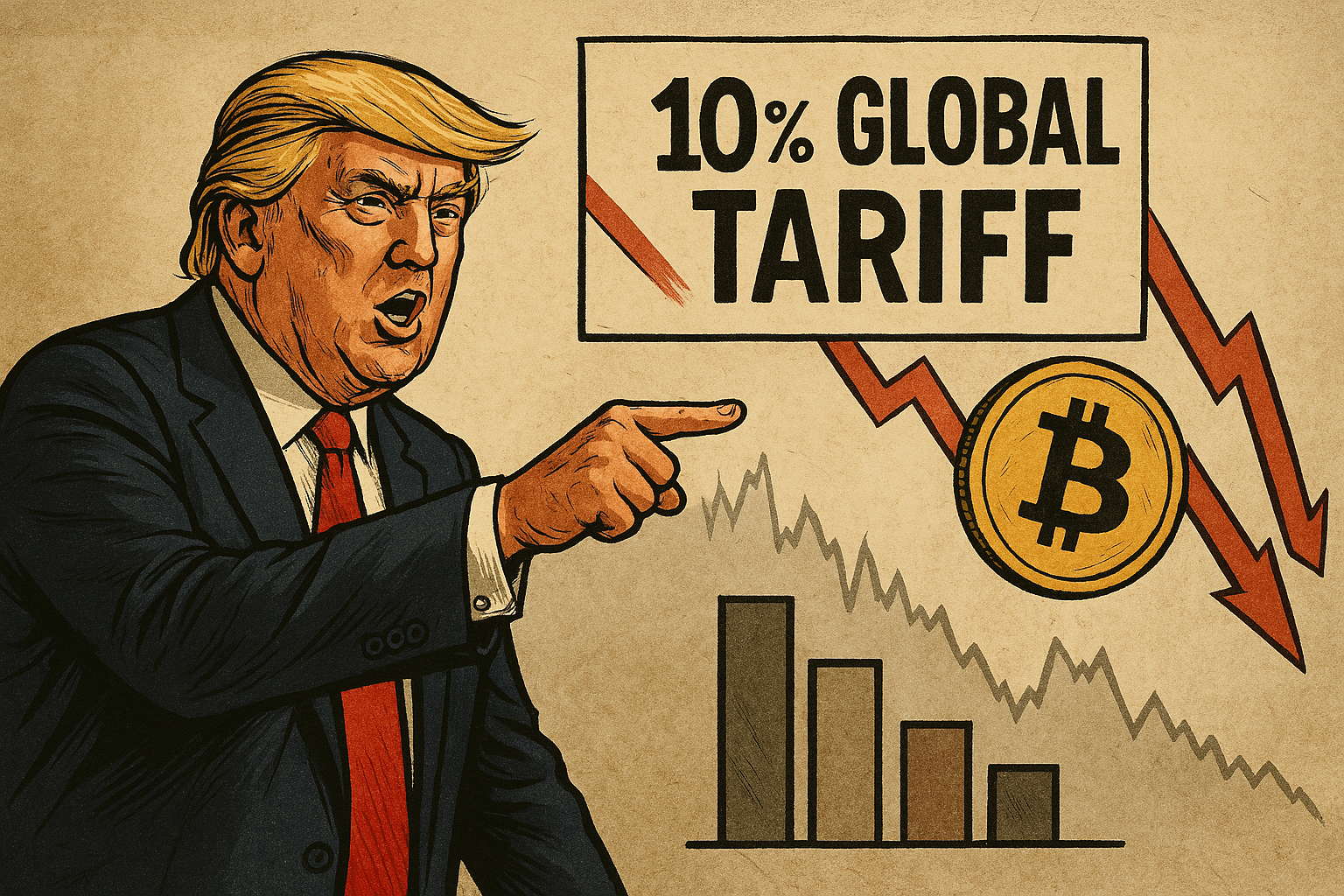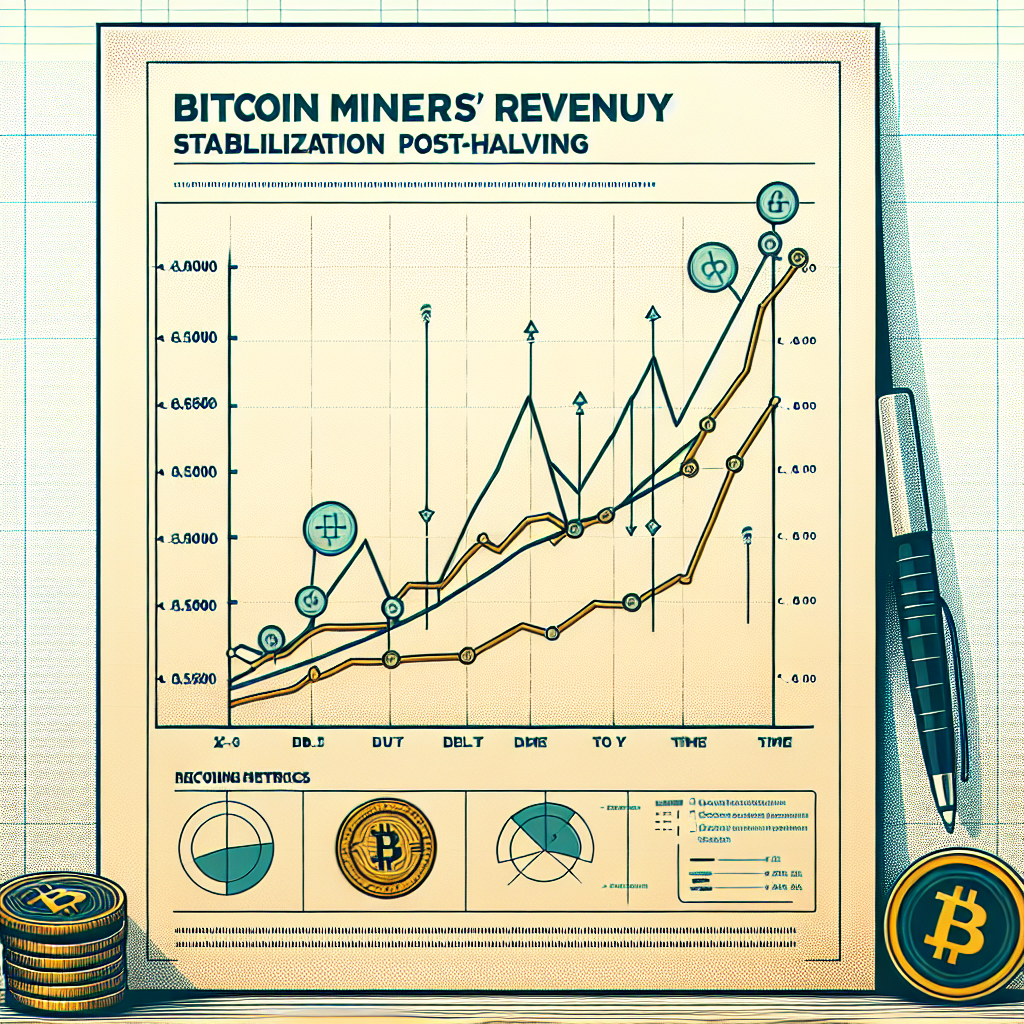
In a bold return to economic nationalism, President Donald Trump has announced a sweeping 10% tariff on all imported goods entering the United States. The measure, intended to correct America’s longstanding trade deficits, marks a new escalation in Trump’s protectionist trade agenda—and its effects are already rippling through the global economy and crypto markets.
The Policy
The executive order, titled “Reciprocal Tariff to Rectify Trade Practices,” targets all imports equally, regardless of origin. It is expected to take effect within 30 days and has been framed as a way to bring back domestic manufacturing and reduce reliance on foreign supply chains.
Trump stated: “For too long, other countries have played us for fools. That ends now. American jobs come first.”
Market Response
- Stock Market: U.S. equities tumbled, with the S&P 500 falling 2.3% and the Dow down over 600 points.
- Crypto: Bitcoin dipped initially to $82,900 but recovered quickly, highlighting its increasingly complex relationship with traditional macroeconomic forces.
- Gold: Traditional safe-haven assets like gold saw a modest rally, further complicating the Bitcoin-as-gold narrative.
What It Means for Crypto
- Risk Asset or Hedge? Bitcoin’s momentary drop followed by recovery suggests it’s behaving more like a hybrid—part speculative, part safe-haven.
- Macroeconomic Entanglement: Crypto’s correlation with global markets continues to deepen.
- New Volatility Regime: With more unpredictable policy moves, traders may see greater short-term volatility across all risk assets, including crypto.
Final Thoughts
Trump’s tariff bombshell is more than just economic policy—it’s a geopolitical power play. As traditional markets wobble, crypto is again thrust into the role of uncertain anchor.
The question is no longer whether Bitcoin can replace gold. The real question is whether it can survive a world where policy is the new volatility.
And for now, it seems Bitcoin is learning to swim in deeper waters.




